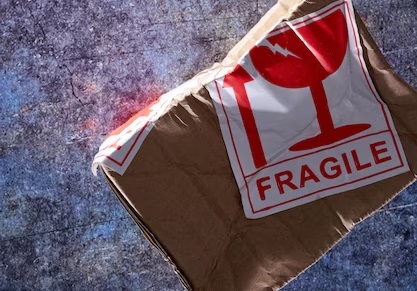News

The Ultimate Guide to Choosing the Best Freight Optimization Software in 2025
Let’s start with the obvious: freight is messy. You’ve got too many carriers, too many moving parts, and way too many people asking, “Where’s my shipment?” Rates fluctuate. Capacity vanishes. Your top customer just changed their delivery windows again.

Effective Techniques to Reduce Cargo Damage During Transportation
Damaged cargo is one of the fastest ways to lose money and trust. You spend all this time planning routes, booking space, optimizing loading... and then the product shows up with dents, cracks, busted seals—or worse, someone’s just written “REJECTED” across the delivery slip. Not a great look. And the worst part? It’s usually preventable.

Minimizing Cargo Damage Risks in International Transport: Best Practices
Cargo gets damaged. Even if you're careful. Even if your supplier says it's “packed to spec.” Even if the shipping line swears everything is “within limits.” You open a container after a two-week sea journey and… surprise. Crushed boxes. Soaked cartons. Bent metal. Melted chocolate (true story, still painful). So yeah — damage happens. But most of it? Preventable. That’s the good news. Let’s talk about how.

The Role of Digital Platforms in Reducing Human Factors and Optimizing Routes and Cargo Distribution
Human error is still one of the biggest pain points in logistics. A missed detail here, a wrong address there, a route that looked fine on paper but turned into a four-hour nightmare because of roadworks no one checked… You know how it goes.

